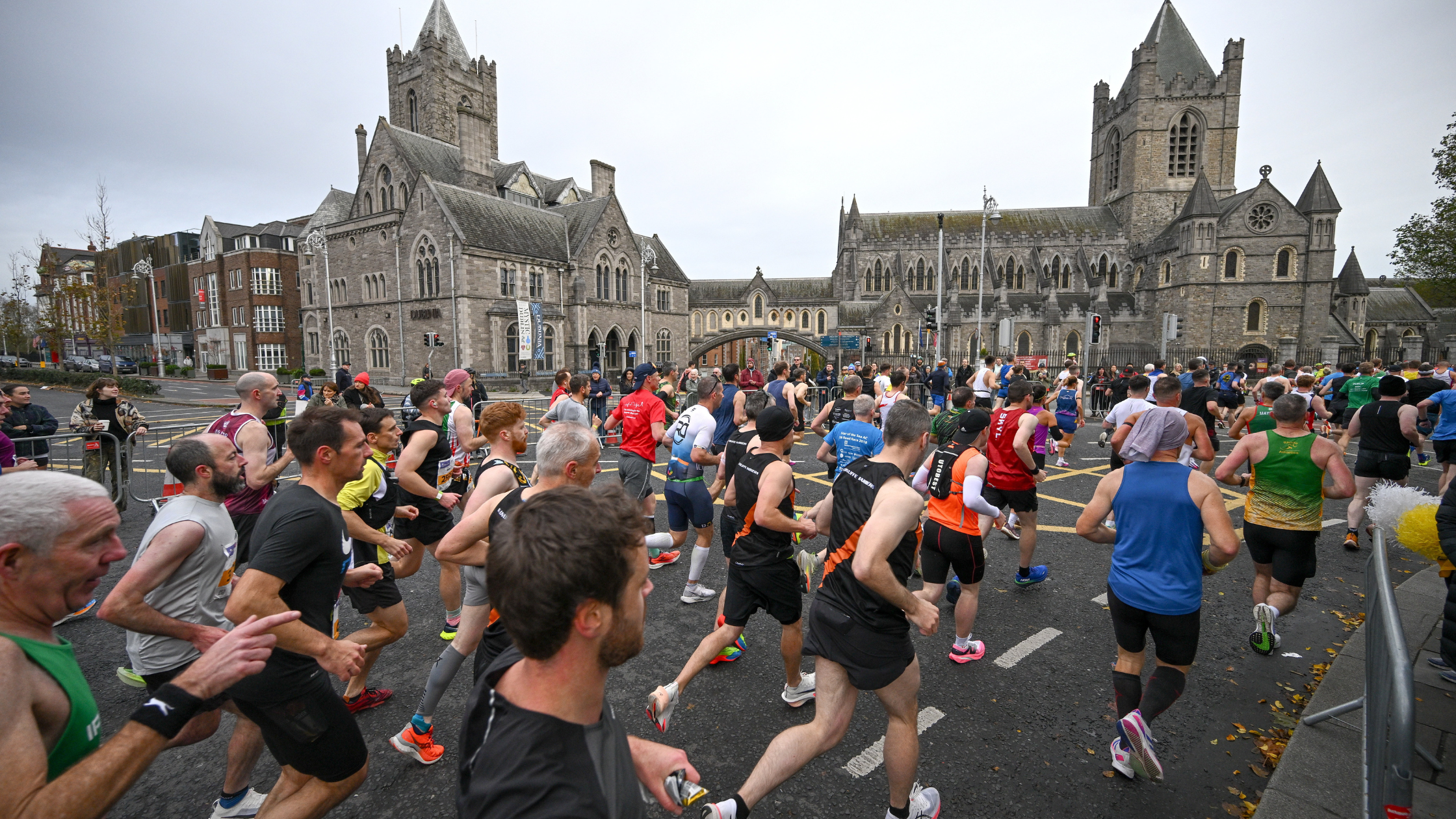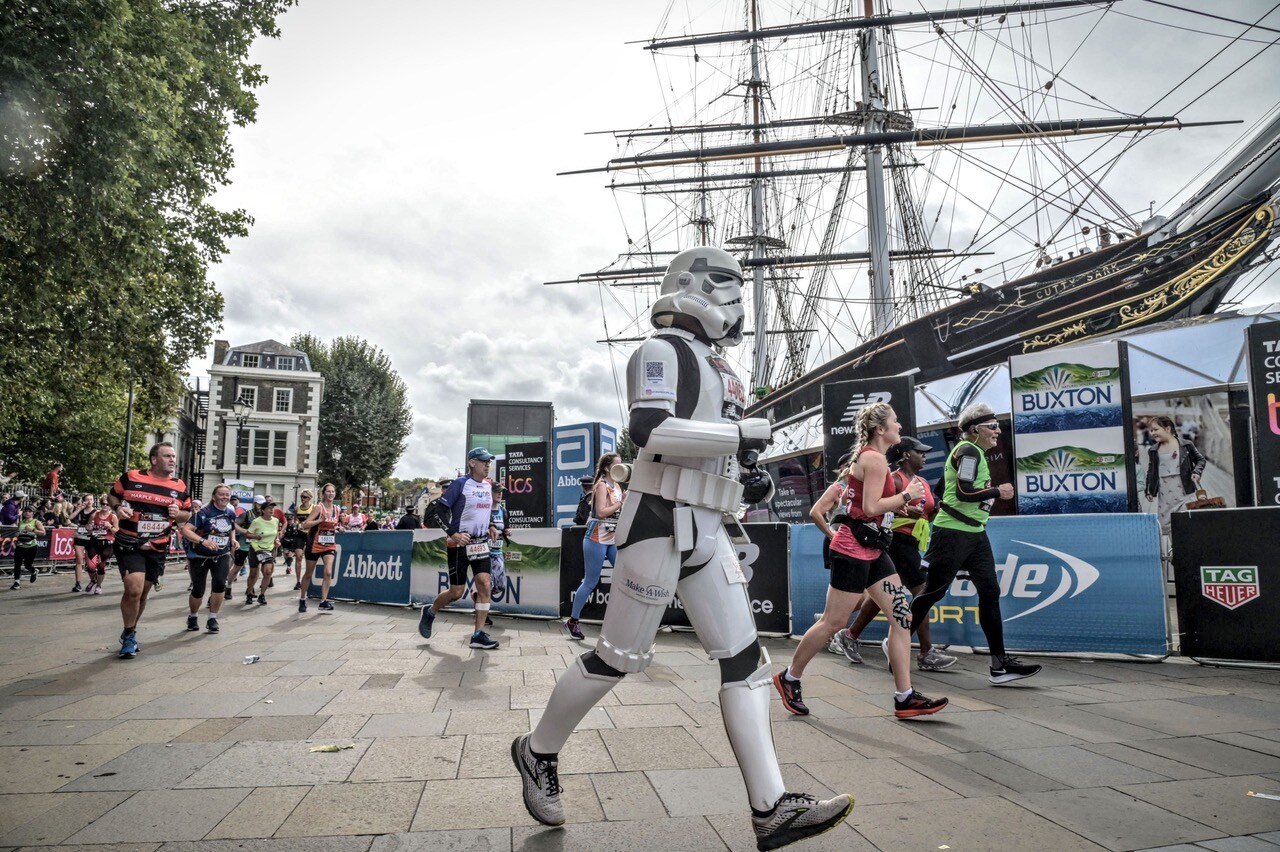Recovery is an important part of your training, so find out how you can recover in the best possible way to minimise soreness.
Recovering from a long run or marathon can take time and your body may experience Delayed Onset of Muscle Soreness (DOMS). Here's some tips for recovering after a long run.
How to recover after a long run or marathon
To fully recover from a long run, the body need to reverse the following effects which occur:
- Fuel stores (glycogen) become depleted. The body runs out of fuel after a run. This can be delayed by taking on carbohydrates during the race. These can come from a variety of sources, notably energy gels.
- Build up of lactic acid. This is a by-product of burning fuel anaerobically (or without oxygen). Lactic acid is thought to prevent muscle enzymes from helping to convert glycogen into energy and inhibit the nerve signals to the muscles themselves.
- Damage may occur to muscle, bone, tendon or even cartilage. Overuse running injuries may result or more commonly DOMS (Delayed Onset of Muscle Soreness).
- Dehydration. If the body gets dehydrated, the blood volume is also reduced, which means that less oxygen is able to get to the muscles. Even a small decrease in the body's fluid levels can result in a large decrease in running performance.
What is DOMS in running?
If you've been for a long run or marathon and you want to recover you are probably experiencing Delayed Onset of Muscle Soreness (DOMS) is sore, stiff and painful muscles following exercise that the body is unaccustomed to.
It is more common following eccentric muscle activity, where the muscles contract while lengthening at the same time. Good examples include running downhill or landing from hopping or bounding, but running over 26 miles (42km) is likely to cause DOMS too.
Soreness will come on 24-48 hours after running exercise. Nobody knows exactly why it happens but the following are thought to be factors:
- Muscle spasms which may starve the muscle of blood and the oxygen it needs.
- Small tears in the muscle, or connective tissues.
- Lactic acid and other waste product production.
How can I recover from DOMS after running?
After a long run or marathon you will need to recover. Here's how:
- Time is the best healer and the discomfort should generally go within a few days.
- Warming-down after a run is essential. This helps circulate the blood and remove waste products such as lactic acid and provide more oxygen to help the recovery process.
- Some athletes may take an ice bath immediately after exercise. The cold temperature helps reduce any tiny inflammatory responses in the muscle.
- Try some non-weight bearing exercise such as cycling or swimming .
- A post race massage will help remove waste products, muscle spasm and circulate blood.
Other important factors for post-race recovery include...
Taking on plenty of carbs
The sooner you eat after running exercise the faster you will replenish your stores.
At least 50g of carbohydrate every two hours for six hours after the race is required, although consuming even more will do no harm. Glycogen stores may take two or three days to fully replenish after a marathon.
Hydrate well
You will most likely be dehydrated after a long run. Take on fluid both during and after your run. Avoid alcohol , especially if you are in a dehydrated state. If you are suffering any overuse injuries then allow them to heal before returning to hard training. If the injury niggle persists, see a sports injury therapist or physiotherapist.















